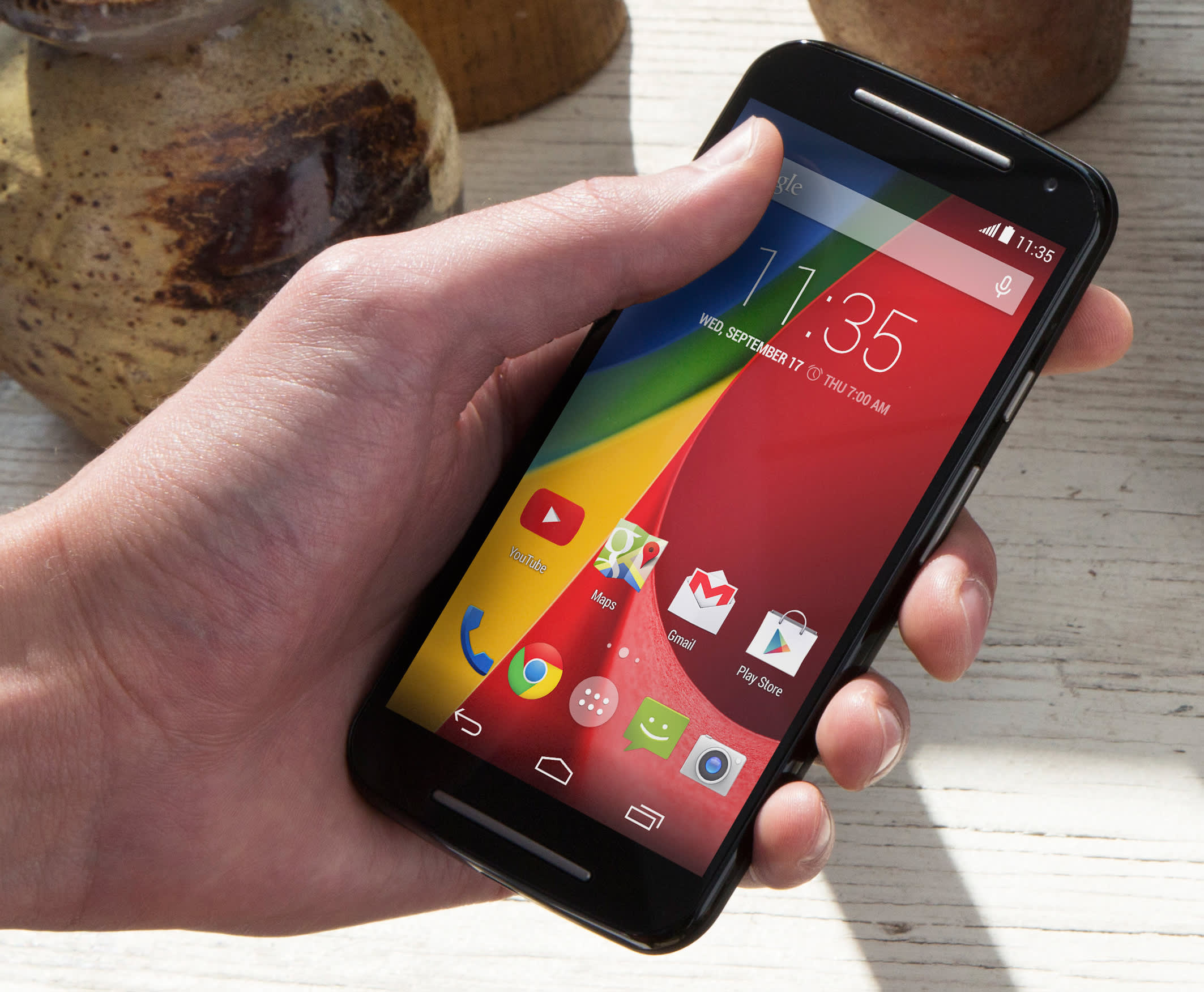
Understanding the Market
Before exploring the best options, understanding what you get for your money is crucial. Smartphones under $50 often come with limitations such as lower storage capacity, less powerful processors, and fewer advanced features compared to high-end devices. However, many budget-friendly options still offer impressive performance and value for their price.
Key Considerations
- Performance: Budget phones may not match the speed of high-end devices, but they often run on efficient processors that provide smooth performance for basic tasks like calling, texting, and browsing.
- Storage: Lower storage capacity is common in budget phones, but many come with expandable storage options via microSD cards.
- Camera: Budget phones usually have lower-resolution cameras, but they can still capture decent photos and videos for everyday use.
- Battery Life: Many budget phones come with long-lasting batteries that can easily last a day or more on a single charge.
- Operating System: Most budget phones run on Android, which offers a wide range of customization options and app availability.
Top Picks
Alcatel 1B (2022)
The Alcatel 1B is one of the top contenders in the budget smartphone market. Here are its key features:
- Design: Boasts a sleek design with a 5.5-inch HD display, making it easy to navigate and enjoy media content.
- Performance: Runs on a MediaTek MT6739 processor, providing decent performance for basic tasks.
- Storage: Comes with 16GB of internal storage, expandable up to 128GB via microSD card.
- Camera: Rear camera is 8MP, while the front camera is 5MP, offering decent photo quality for everyday use.
- Battery Life: The 3000mAh battery ensures long-lasting power, making it suitable for daily use.
Nokia 1.3
The Nokia 1.3 is another budget-friendly option that has gained popularity due to its reliability and performance. Here are its key features:
- Design: Features a 5.71-inch HD+ display, providing a larger screen experience.
- Performance: Runs on Android Go, a lightweight version of Android designed for entry-level devices, ensuring smooth performance.
- Storage: Comes with 16GB of internal storage, expandable up to 128GB via microSD card.
- Camera: Rear camera is 8MP, while the front camera is 5MP, offering good photo quality for basic needs.
- Battery Life: The 3000mAh battery provides long-lasting power, suitable for daily use.
Motorola Moto E6 Play
The Motorola Moto E6 Play is another budget-friendly option that offers impressive performance and features. Here are its key features:
- Design: Features a 5.5-inch HD display, providing a compact yet functional design.
- Performance: Runs on a MediaTek MT6739 processor, offering decent performance for basic tasks.
- Storage: Comes with 16GB of internal storage, expandable up to 512GB via microSD card.
- Camera: Rear camera is 13MP, while the front camera is 5MP, offering good photo quality for everyday use.
- Battery Life: The 3000mAh battery provides long-lasting power, suitable for daily use.
BLU Advance A4
The BLU Advance A4 is a very basic smartphone that is extremely affordable. Here are its key features:
- Design: Features a 5-inch display, providing a compact design.
- Performance: Runs on a MediaTek MT6580 processor, offering basic performance for calls, texts, and light browsing.
- Storage: Comes with 8GB of internal storage, expandable up to 32GB via microSD card.
- Camera: Rear camera is 5MP, while the front camera is 2MP, offering basic photo quality.
- Battery Life: The 2000mAh battery provides decent power for basic tasks.
Additional Options
Alcatel 1
The Alcatel 1 is another budget-friendly option that offers basic functionality at an affordable price. Here are its key features:
- Design: Features a 5-inch display, providing a compact design.
- Performance: Runs on a MediaTek MT6739 processor, offering basic performance for calls, texts, and light browsing.
- Storage: Comes with 16GB of internal storage, expandable up to 128GB via microSD card.
- Camera: Rear camera is 5MP, while the front camera is 2MP, offering basic photo quality.
- Battery Life: The 2000mAh battery provides decent power for basic tasks.
Where to Buy
Finding the best cheap unlocked Android phones under $50 can be challenging, but several retailers offer these devices:
Walmart
Walmart offers a variety of prepaid smartphones that can be activated in-store. Some of the best options include:
- Metro by T-Mobile Samsung A03s: Comes with 32GB of storage and a 13MP rear camera. Can be activated in-store with a $40 plan.
- Metro by T-Mobile Motorola Moto G Pure: Also comes with 32GB of storage and a 13MP rear camera. Can be activated in-store with a $40 plan.
- Metro by T-Mobile OnePlus Nord N200 5G: Comes with 64GB of storage and a 13MP rear camera. Can be activated in-store with a $40 plan.
Best Buy
Best Buy offers a range of prepaid smartphones that can be purchased online or in-store. Some of the best options include:
- Total by Verizon Samsung Galaxy A03s: Comes with 32GB of storage and a 13MP rear camera. Offers unlimited talk, text, and high-speed data plans starting at $30/month.
- Simple Mobile Samsung Galaxy A03s: Also comes with 32GB of storage and a 13MP rear camera. Offers unlimited talk, text, and data plans starting at $30/month.
Online Marketplaces
Online marketplaces like Amazon and eBay often have a wide range of budget-friendly smartphones available. However, be cautious when purchasing from third-party sellers to avoid counterfeit products.
Finding the best cheap unlocked Android phones under $50 requires careful consideration of your needs and budget. The Alcatel 1B, Nokia 1.3, Motorola Moto E6 Play, and BLU Advance A4 are top picks due to their impressive performance, features, and affordability. Additionally, retailers like Walmart and Best Buy offer a variety of prepaid smartphones that can be activated in-store, making it easier to find the perfect device for your needs.
Whether you're looking for a reliable backup phone or a budget-friendly option for travel, these devices offer incredible value for their price. Always ensure that you purchase from reputable sources to avoid any potential issues with the device or its performance.
